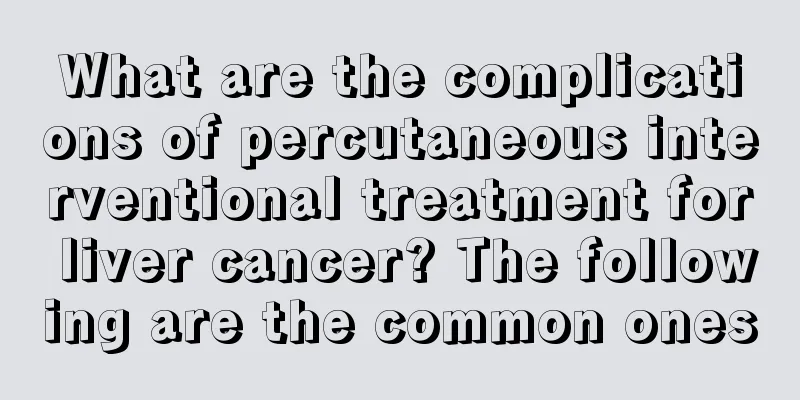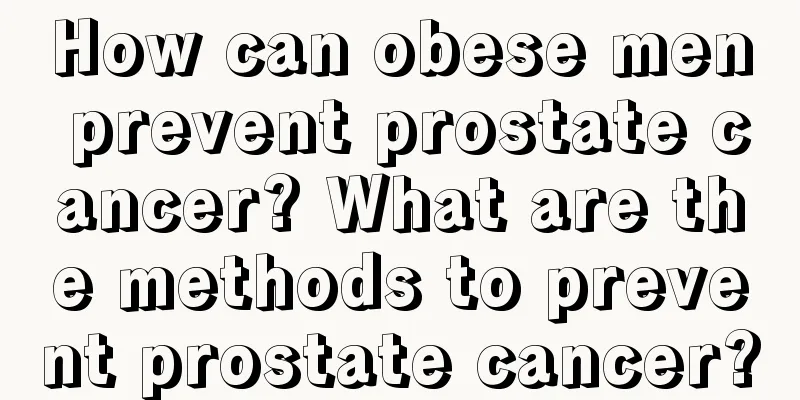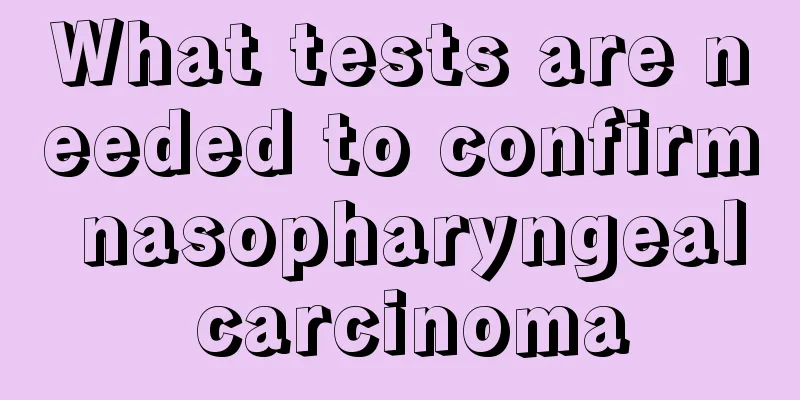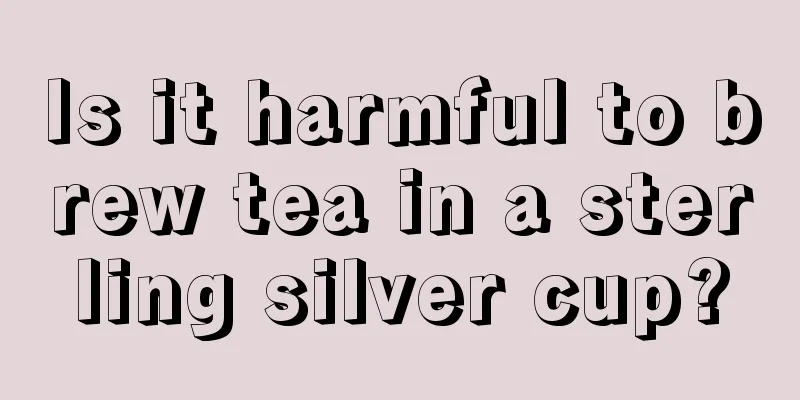First aid for sudden cardiac death
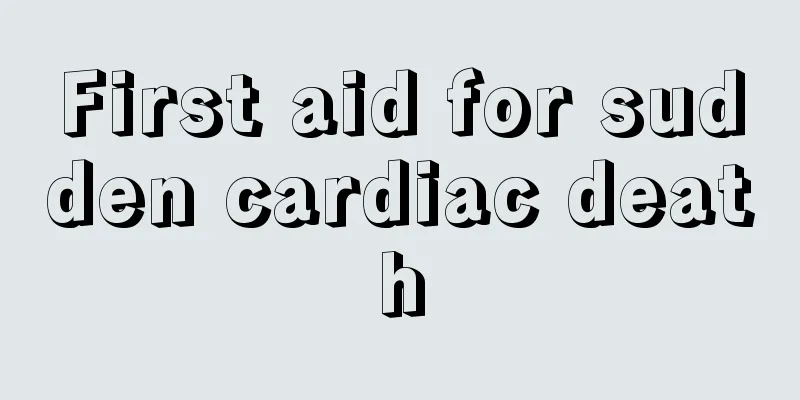
|
Sudden cardiac death refers to the sudden cessation of heartbeat in some heart patients during an attack. Patients with sudden cardiac death are unconscious during the attack. At this time, everyone should master the first aid measures for sudden cardiac death so that patients can take measures when the disease occurs. First aid for sudden cardiac death 1. Basic life support (1) Open the airway. Once cardiac arrest is confirmed, perform cardiopulmonary resuscitation immediately on the spot and call for help. Place the patient in supine position on a hard bed or on the floor, loosen the collar and belt, tilt the head to one side, and clear foreign objects in the mouth, such as dentures, mucus, and vomit. Place one hand on the patient's forehead and use the other hand to lift the patient's lower jaw, so that the head tilts back and the neck is straightened to prevent the tongue from falling and blocking the airway. (2) Perform artificial respiration to quickly determine whether breathing has stopped. If there is no spontaneous breathing, perform mouth-to-mouth artificial respiration. Pinch the patient's nostrils with your hands, take a deep breath, and then blow hard against the outer edge of the patient's lips. First blow twice, 1000-1250ml each time. During artificial respiration, you should pay attention to the patient's chest movement and control the amount of air blown according to the rise and fall of the chest. Avoid bloating and reflux of gastric contents. If the patient experiences stomach bloating, he or she should be turned sideways and the upper abdomen should be compressed. Cardiopulmonary resuscitation should be continued after the stomach gas is expelled. (3) Perform chest compressions to check the carotid artery pulse. If the pulse disappears, perform chest compressions immediately. The operator places his palms overlapping and crossed on the middle and lower part of the patient's sternum, straightens both elbows, and uses body gravity to press vertically downward rhythmically. It is appropriate to press the lower part of the sternum down 4 to 5 cm. After pressing, relax to allow the chest cavity to recover. The compression frequency is about 80 times/minute, and at the same time observe whether there is carotid artery pulsation. The pressing point should not be too high or too low, and avoid pressing the xiphoid process under the sternum. Press at an even rhythm and avoid using too much force to avoid causing sternum or rib fractures and complications such as hemorrhage or pneumothorax. Chest compressions continue until the heartbeat resumes. If electrocardiogram recording, intracardiac injection or operator change is required, the interruption time should not exceed 15 seconds. (4) Artificial respiration and chest compression are performed simultaneously. If one person performs cardiopulmonary resuscitation, the ratio of chest compression to artificial respiration is about 15:2. If three people perform cardiopulmonary resuscitation, the ratio is about 5:1. First aid for sudden cardiac death 2. Advanced basic life support (1) Use a simple artificial respirator to give pressurized oxygen through a mask as soon as possible and prepare a tracheal tube, a simple respirator and a ventilator. Tracheal intubation should be performed quickly and skillfully, and should be completed within 30 seconds to avoid delaying rescue. Nurses should quickly prepare suction devices and other equipment to clear respiratory secretions in a timely manner. (2) Establish intravenous access for timely infusion of various rescue drugs. Generally, the forearm vein is selected, and interruption of cardiopulmonary resuscitation due to venous puncture should be avoided. For some patients, it is difficult to successfully puncture due to the collapse of peripheral veins. In this case, external jugular vein or femoral vein cannulation can be used. Some drugs such as lidocaine, atropine, and epinephrine can be instilled through the tracheal tube. (3) Perform ECG monitoring and electrocardiogram (ECG) as early as possible to determine the type of arrhythmia and monitor changes in heart rate and rhythm. (4) Antiarrhythmic treatment mainly includes drugs, electric shock cardioversion and artificial cardiac pacing. 1) Commonly used drugs include (a) Lidocaine is the first choice for the treatment of ventricular arrhythmias, especially acute myocardial infarction complicated with ventricular arrhythmias. (b) Procainamide is used for ventricular arrhythmias that are refractory to lidocaine. (c) Behenylium bromide is used for ventricular tachycardia and ventricular fibrillation when the above two drugs are ineffective and electric shock cardioversion fails. (d) Atropine is used to treat sinus bradycardia, high-degree atrioventricular block, and ventricular asystole associated with hemodynamic disorders. (e) Isoproterenol is used for bradycardia or ventricular asystole that is resistant to atropine. (f) Epinephrine is used for ventricular fibrillation, cardiac arrest, and electromechanical dissociation. (g) The therapeutic effect of sodium bicarbonate on cardiac arrest is still unclear, and it should be used after cardiopulmonary resuscitation, defibrillation, improved ventilation and drug treatment. The dosage, infusion concentration and speed of drug treatment should be strictly controlled; at the same time, the heart rate, heart rhythm and blood pressure changes should be closely monitored, and the efficacy of the drugs should be observed. If there are any changes in vital signs, the doctor should be notified in time. 2) Electric shock therapy is used for ventricular fibrillation and ventricular tachycardia, the former with asynchronous defibrillation and the latter with synchronized cardioversion. During the operation, evenly coat the two electrode plates with conductive paste and place them at the second intercostal space on the right edge of the sternum and the apex of the heart or at the front and back of the left chest. The initial electric energy is about 200J. If one electric shock is ineffective, the energy can be increased and repeated electric shocks can be performed, but it should not exceed 360J. Whether ventricular fibrillation can be converted into sinus rhythm often depends on the time interval from the onset of ventricular fibrillation to electric shock defibrillation. Delaying the defibrillation time should be avoided. 3) Artificial cardiac pacing is suitable for patients with high-degree atrioventricular block, severe bradycardia or ventricular arrest. For detailed care of an artificial pacemaker, please refer to the relevant chapter. 4) Commonly used drugs to increase cardiac output and maintain blood pressure include epinephrine | norepinephrine, dopamine, dobutamine, alamin and calcium preparations. During intravenous infusion, the drug dosage and infusion rate must be strictly controlled. Norepinephrine solution must not leak out to avoid causing necrosis of surrounding tissues. First aid for sudden cardiac death 3. Post-resuscitation treatment (1) Hypotension, arrhythmia and heart failure may occur after maintaining effective circulation cardiopulmonary resuscitation. Once blood pressure drops, in addition to symptomatic treatment, the cause should be analyzed and disease treatment should be given. If conditions permit, hemodynamic monitoring should be performed to guide medication. For refractory shock, attention should be paid to other complications after cardiopulmonary resuscitation, such as pneumothorax, cardiac tamponade, or abdominal organ injury. If left ventricular failure occurs, cardiotonic, diuretic and vasodilator treatment should be given as appropriate. See the relevant chapter for details. In addition, after successful resuscitation, it is advisable to continue using effective antiarrhythmic drugs used in the second stage of resuscitation to prevent the recurrence of ventricular arrhythmias. (2) To maintain effective breathing, the comatose patient should be intubated and given ventilator-assisted oxygen supply before spontaneous breathing is restored. During this period, blood gas analysis should be performed regularly to adjust the ventilator's oxygen concentration, tidal volume, respiratory rate, and respiratory ratio. When using high-concentration and pure oxygen, it is advisable to give oxygen intermittently. If long-term oxygen inhalation is required, it is better to use nasal cannula to prevent oxygen poisoning. If the endotracheal tube cannot be removed after more than 2 to 3 days, tracheotomy should be performed, and respiratory secretions should be cleared promptly and tracheotomy care should be strengthened. In addition, respiratory stimulants such as coramine and lobeline can be used as appropriate to encourage patients to resume spontaneous breathing as soon as possible. |
<<: How to process salted tripe
>>: Can kumquat be eaten with the skin? What is the effect?
Recommend
Six foods that can prevent prostate cancer
Prostate cancer is one of the most common maligna...
What health products help sleep
Dietary therapy is not as good as dietary supplem...
How to treat advanced lung cancer effectively? Inventory of treatment methods for advanced lung cancer
I believe everyone is familiar with lung cancer. ...
How to exercise if you have low skeletal muscle
Skeletal muscle is a tissue component of our huma...
What is the cause of acute necrotizing enteritis in newborns
Neonatal acute necrotizing enteritis is an acquir...
Is it true that poor sleep can lead to prostate cancer? Can walnuts prevent prostate cancer?
Nowadays, men are under great pressure in life an...
How can chloasma be cured
Chloasma is a relatively common skin disease. The...
Preoperative preparation for laparoscopic rectal cancer surgery
Laparoscopic rectal cancer surgery can relieve pa...
Don't sleep naked if you can't do these eight things
In today's society, insomnia is mostly caused...
Dry socket care, oral hygiene should be done well
Dry socket is very common in the dental departmen...
What are the effects and functions of grape seed powder?
Grape seed powder is a common food in daily life....
The best domestic hospital for bladder cancer
When choosing a good bladder cancer hospital, you...
What are the dangers of washing your hair with cold water in the morning?
Many people often wash their hair with cold water...
How to remove fixed dentures
With the continuous improvement of living standar...
What are the steps for cervical cancer screening
Cervical cancer screening usually includes the fo...



